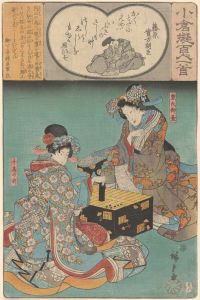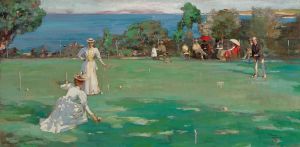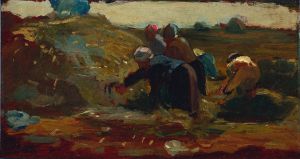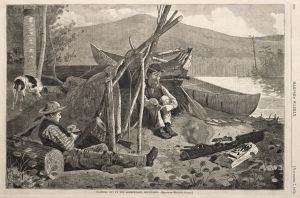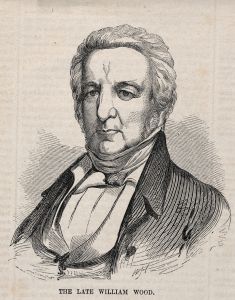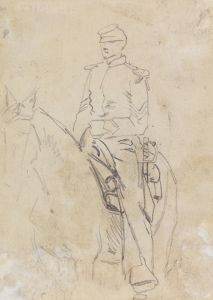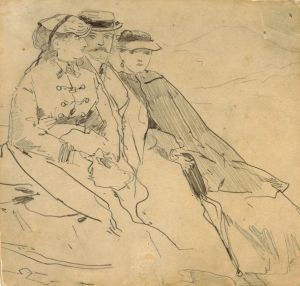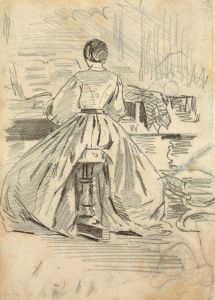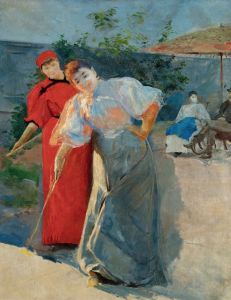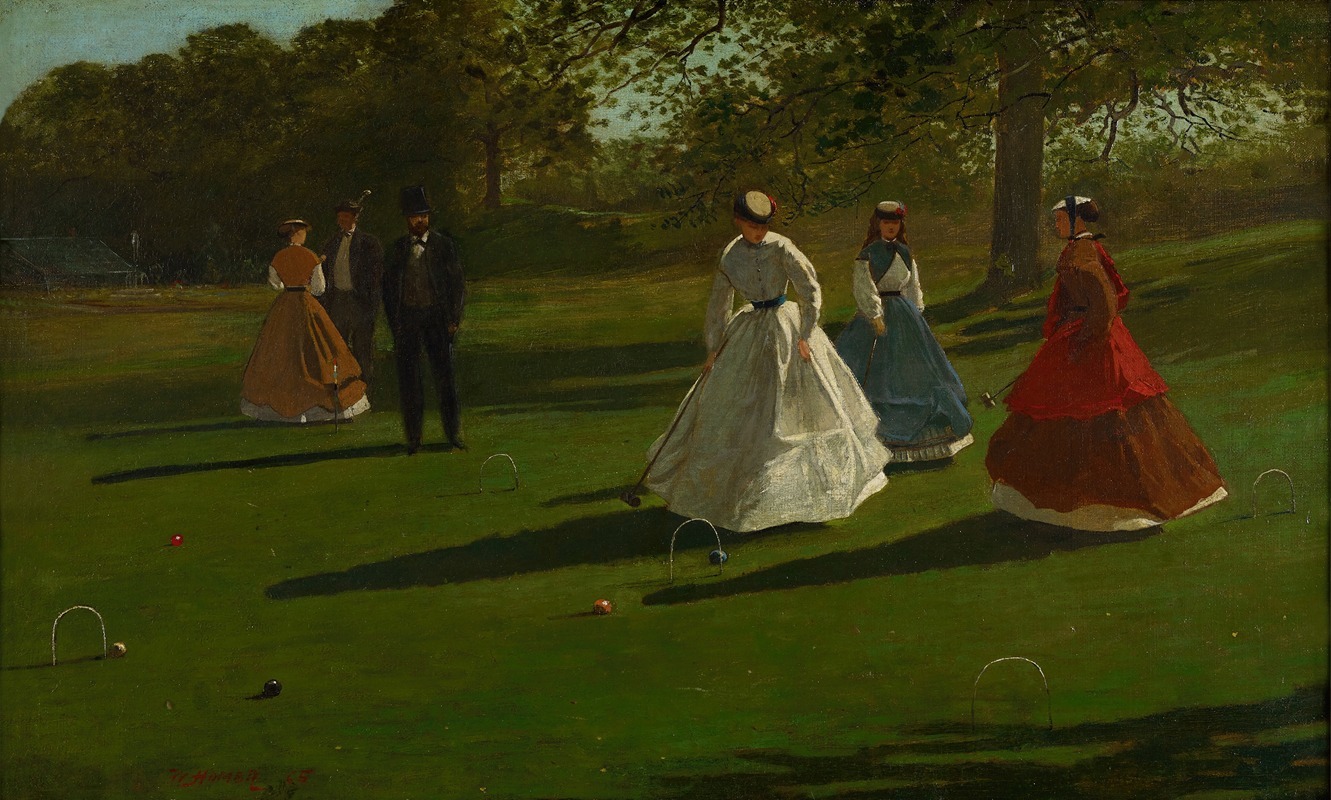
Croquet Players
A hand-painted replica of Winslow Homer’s masterpiece Croquet Players, meticulously crafted by professional artists to capture the true essence of the original. Each piece is created with museum-quality canvas and rare mineral pigments, carefully painted by experienced artists with delicate brushstrokes and rich, layered colors to perfectly recreate the texture of the original artwork. Unlike machine-printed reproductions, this hand-painted version brings the painting to life, infused with the artist’s emotions and skill in every stroke. Whether for personal collection or home decoration, it instantly elevates the artistic atmosphere of any space.
Winslow Homer’s Croquet Players is an oil painting created in 1865, during the early stages of the artist's career. The artwork is notable for its depiction of leisure activities in post-Civil War America, reflecting the growing popularity of croquet as a social pastime during this period. The painting is part of Homer’s broader exploration of contemporary life, capturing moments of recreation and interaction in a rapidly changing society.
The composition features a group of young women and men engaged in a game of croquet, set against a lush outdoor backdrop. Homer’s use of vibrant colors and natural light emphasizes the idyllic and leisurely atmosphere of the scene. The figures are dressed in typical mid-19th-century attire, with the women wearing long dresses and the men in formal jackets, reflecting the fashion of the time. The painting showcases Homer’s early interest in genre scenes, which often focused on everyday activities and social dynamics.
Croquet Players is significant for its historical context, as it was painted shortly after the end of the American Civil War. During this era, croquet became a symbol of social harmony and a way for men and women to interact in a relatively informal setting, which was still somewhat unconventional for the time. Homer’s depiction of the game highlights the changing social norms and the increasing acceptance of mixed-gender activities in public spaces.
The painting also demonstrates Homer’s developing artistic style. While he would later become renowned for his watercolors and marine subjects, his early works, including Croquet Players, often focused on genre scenes with a keen attention to detail and composition. The artwork reflects his ability to capture the subtleties of human interaction and the nuances of light and shadow.
Today, Croquet Players is housed in the collection of the Art Institute of Chicago. It remains an important example of Winslow Homer’s early work and provides insight into the cultural and social landscape of 19th-century America. The painting continues to be studied and appreciated for its historical significance and artistic merit.





